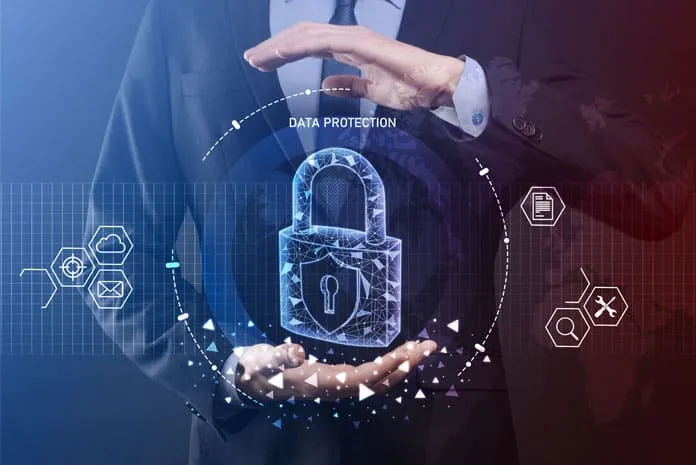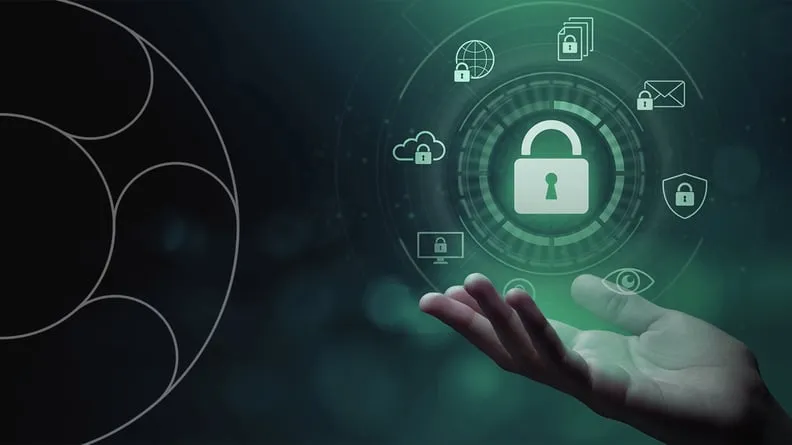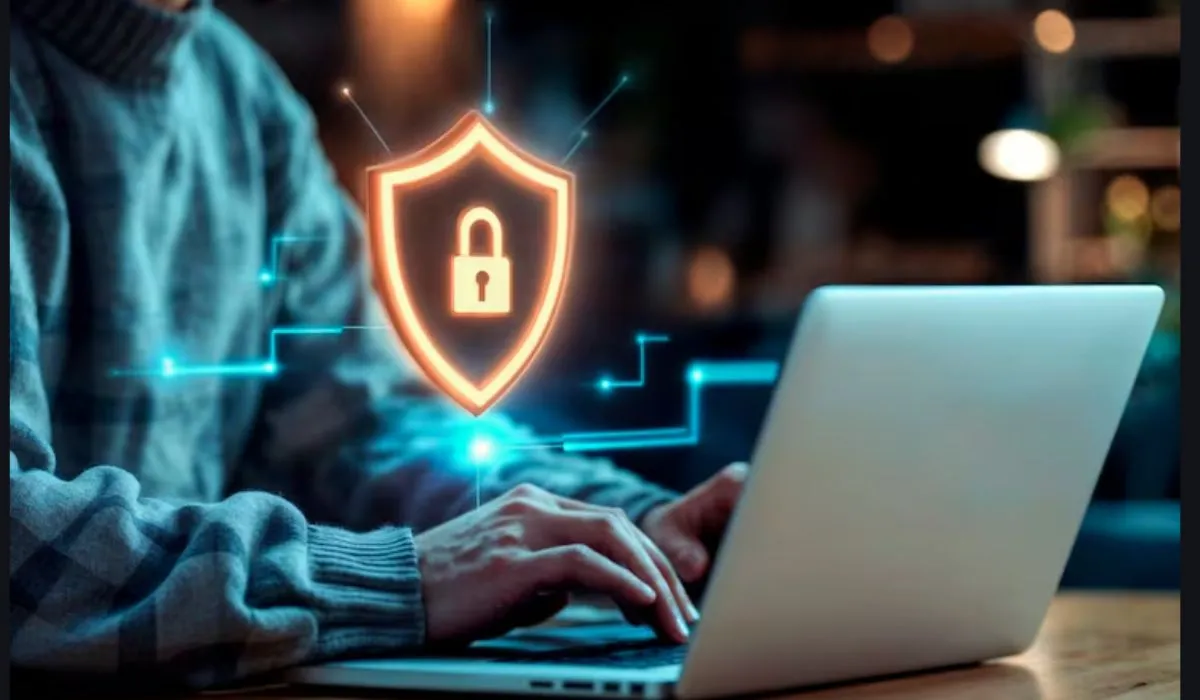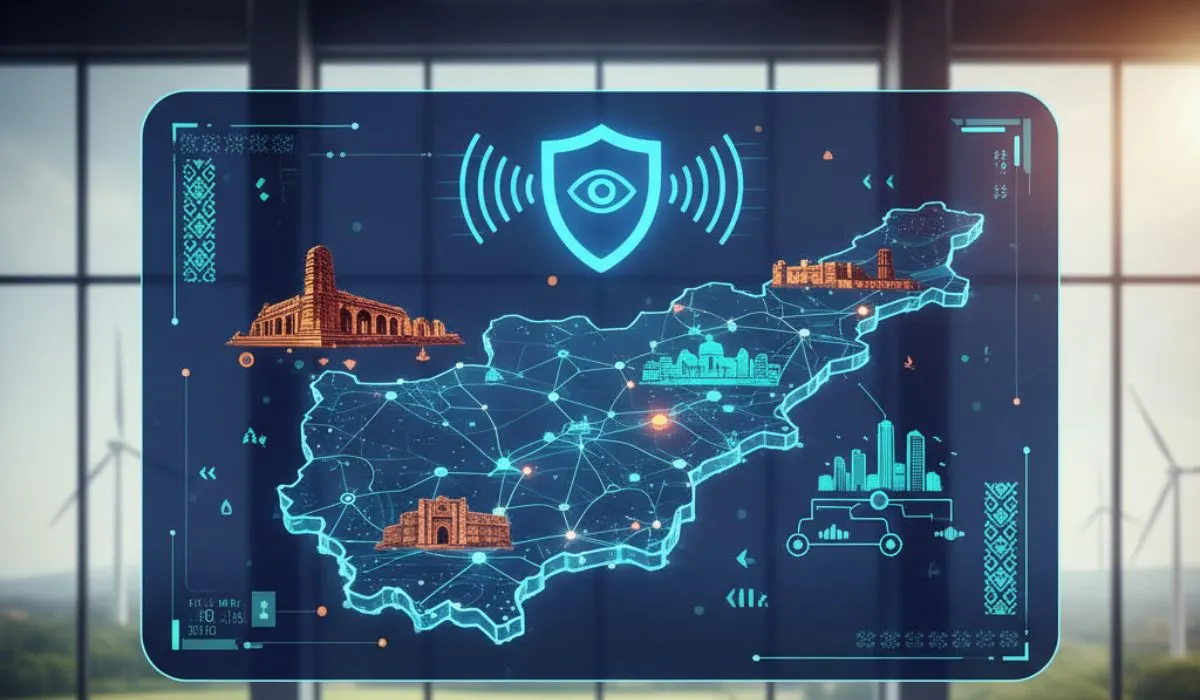Let’s be honest — most of us jump into the digital world without a second thought about security. We click, we scroll, we sign up… but what happens behind the scenes? That’s where data protection techniques for cybersecurity beginners step in — and trust me, they’re not as complicated as they sound.
Whether you are a student, a working professional or a person who is just familiar with technology, this guide will run through the privacy protection basics.
Why should you care about data security?
Imagine: You surf caretically, and suddenly the bank sends you a message about an unknown transaction. Or worse, your email gets locked. That’s what poor data protection can lead to. Hackers don’t care if you're a beginner or a pro — they just look for the easiest way in. Time to close that door, shall we?
How to Learn Data Protection from Scratch for Beginners
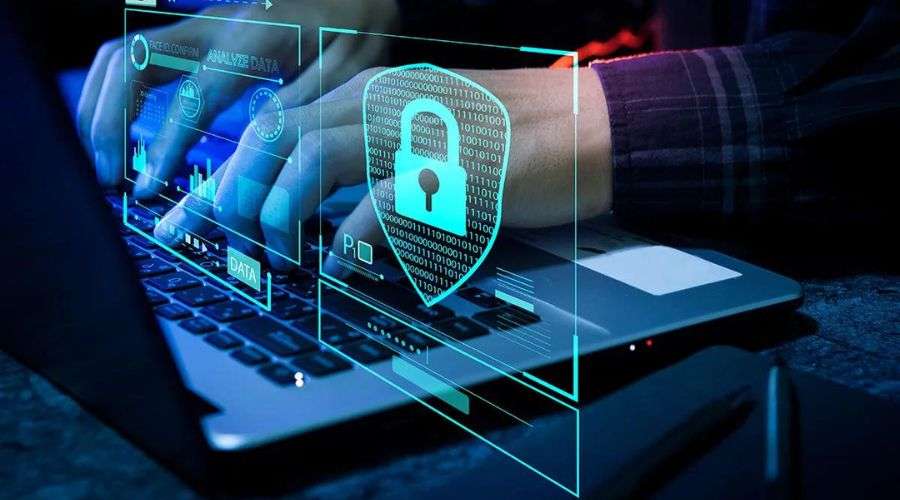
Starting fresh? Great. You’re already ahead by caring.
Here’s what you can do:
- Start with simple explanations — YouTube channels like “Simplilearn” or websites like “Cybrary” make it easy.
- Follow real-world news on cyber frauds — it teaches you what not to do.
- Test things yourself — Try setting up 2FA or using a VPN just to see how it works.
Don’t rush it. Spend just 15 minutes a day. Soon enough, you’ll feel way more confident about protecting your digital self.
The Power of Strong Passwords and 2FA
If there’s one thing beginners mess up most often, it’s passwords. Let’s fix that. Here's what works:
- Never use "123456" or "password". Yes, people still do.
- Mix in symbols, upper/lowercase letters, and numbers.
- Make every password unique — don’t reuse the same one everywhere.
Now add two -factor authentication (2FA) wherever you can. It is similar to adding a new lock on the door. Although someone estimates your password, 2FA keeps them out.
Stay away from fishing trap
You might have received emails which urge you to click on any link. They generally offer lucrative deals as well. That’s probably phishing — and it’s one of the top ways hackers trick people.
Look for:
- Spelling mistakes
- Unusual senders
- Links that just don’t look right
Rule of thumb: If it seems fishy, it is phishing.
First-Time User Guide to Cybersecurity and Data Protection

There is a big hurdle in adopting the technology. It is the fear of cyber risks. But you need’nt worry. Every first time user has this fear. Here’s some precautions first time users must take-
- Set a strong lock(password or fingerprint) for your device.
- Update your software regularly — don’t skip those updates.
- Install a trusted antivirus — even free ones do a good job.
- Don’t overshare online — keep private stuff private.
- Make sure you know the privacy settings of each website or app.
You can ensure cyber safety with these precautions and necessary steps.
Extra cautious? Use VPNs and Secure Wifi
Free Wi-Fi at cafés or malls? Sounds good — until someone nearby steals your info. Using a public wi-fi? attention!
- Avoid logging into sensitive accounts
- Use a VPN (Virtual Private Network) — it scrambles your connection so nobody can spy on you
VPNs aren’t just for techies anymore. Even beginners can install apps like ProtonVPN or NordVPN in minutes.
Online Safety for New Users: What to Do Today
You don’t need to change everything overnight. But here are 5 things you can literally do right now:
- Change your weak passwords
- Turn on 2FA for Gmail or Facebook
- Download a password manager like Bitwarden
- Check your phone’s privacy settings
- Uninstall unused apps
That’s it. You're already safer than most people out there.
Right Tools-beginning of security
Not all browsers are created equal.
Here’s how to browse smarter:
- Some techies consider Firefox or Brave safer than chrome.
- Install privacy extensions like uBlock Origin or DuckDuckGo
- HTTPS websites are secure, surf only on these.
These are basic steps which you must keep in mind as a beginner.
Back Up What Matters — Often
Imagine losing all your photos, notes, or documents because of a random virus. Painful, right?
Don’t wait for disaster. Back up your data:
- Use cloud storage (Google Drive, Dropbox)
- Keep a USB or external hard drive as backup
Make this a monthly habit — you’ll thank yourself later.
Social Media: A Goldmine for Hackers
What you post says a lot — sometimes too much.
- Avoid posting personal details.
- Turn off location tagging
- Set your profile to private wherever possible
Delete What You Don't Need
That shopping website you used once three years ago? If you still have an account, it could be a risk.
Old accounts can be easy targets for hackers. Take time to:
- Delete unused apps
- Close accounts you no longer use
- Remove saved payment methods from old sites
By removing unnecessary data, you’ll have to manage less. This will ensure better control.
Read More:- Free cybersecurity tools for beginners
Final Thoughts
Now you may know that ensuring safety is not about being tech savvy. These data protection techniques for cybersecurity beginners are just the start.
So, take a breath. Pick one step. Do it today. Then do another next week. Just go through this guide. We believe you will feel more learned. And not a beginner.
Checklist for you- make sure you have ensured all these!
- Strong, unique passwords?
- Software updated recently?
- 2FA enabled?
- Backups in place?
- Unused accounts cleaned up?
- Watching out for phishing?
- Social media in private?
Nice. You’re getting the hang of it.



